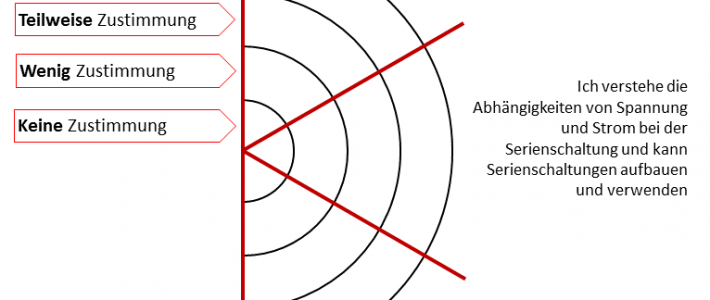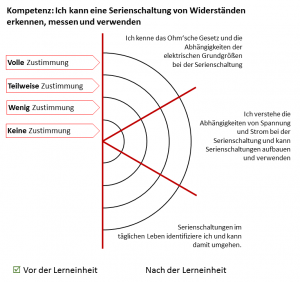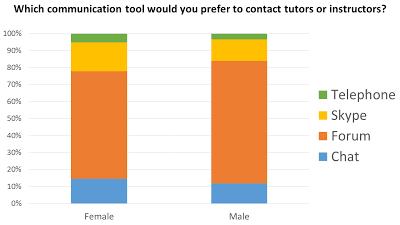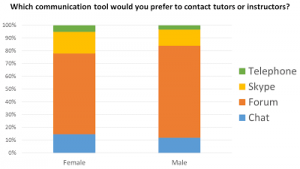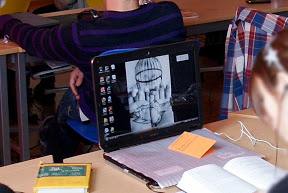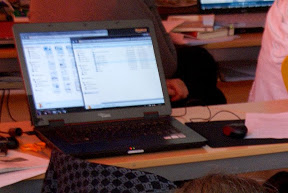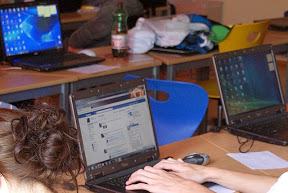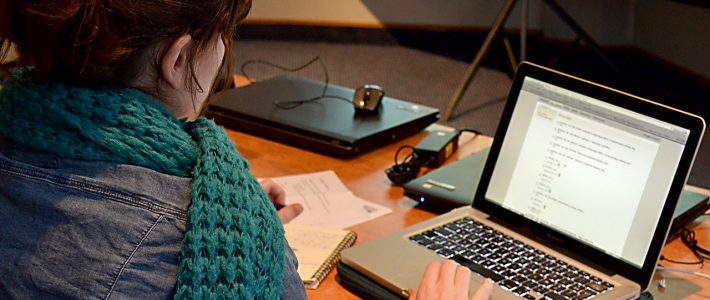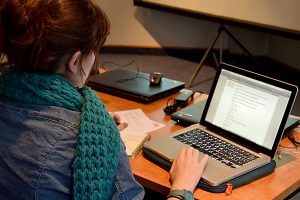About MicroLearning

What is Micro-Learning (ML)?
Micro-learning (ML) is an approach to education that delivers small, focused learning units. These bite-sized lessons focus on a single topic or skill, making it easier for learners to absorb and apply new knowledge quickly. Typically, micro-learning is designed for short and engaging sessions, often lasting just a few minutes. It is widely used in digital education, training, and professional development.
Key Features of Micro-Learning
Imagine learning something new, but instead of long lectures, you get short, focused bursts of information. Think of it like this: each lesson is a quick, easy-to-digest experience, designed to be completed in just a few minutes.
We’re not trying to overwhelm you; we’re focusing on one specific topic or skill per unit, ensuring you truly understand what’s being taught. To keep things interesting, we’ve packed each lesson with engaging content, using multimedia elements like videos, quizzes, and interactive tasks.
You can learn whenever and wherever you want, accessing the content on any device because we understand life gets busy. And most importantly, you’re in control. You can complete the lessons at your own speed, ensuring you fully grasp each concept before moving on. It’s like having a personal learning journey, tailored just for you.
Advantages of Micro-Learning
The learning approach based on ML provides numerous advantages. Most of them are relevant in Adult Education.
- Improved retention
When learning happens in short bursts, it becomes easier to remember key information. Instead of being overwhelmed by long lectures or heavy reading, you can focus on one idea at a time and truly absorb it. - Time-efficient
We all have busy schedules, and finding time for long training sessions can be difficult. ML allows you to learn in just a few minutes, making it easy to fit into your daily routine—whether during a coffee break, on the train, or between meetings. - Motivating
Learning should never feel like a chore! With interactive elements, short quizzes, and engaging visuals, ML keeps you interested and involved. When lessons are varied and fun, staying motivated comes naturally. - AdaptableML-learning can be tailored to your needs. It works well across different industries, education levels, and learning styles, ensuring that everyone can benefit.
- Cost-effective
ML enables quick and simple methods to develop while still delivering high-quality education. In many cases, content is reusable and can be integrated in other learning context. This makes it an ideal solution for organisations and educators looking to provide effective training without high costs.
Micro-Learning-Overview by Peter Mazohl
Implementation of ML Content
ML content can be created using digital tools such as H5P and CANVA. These platforms allow educators and trainers to design engaging learning experiences with minimal technical effort.
H5P
H5P is an open-source framework that allows the creation of interactive learning content within learning management systems such as Moodle. It supports interactive videos, quizzes, simulations, and presentations that encourage learner participation.
CANVA
CANVA is an easy-to-use design tool that enables educators to create visually appealing learning materials. It offers templates for presentations, infographics, and social media posts, making micro-learning more engaging and accessible.
ML in the BonJour! Project
The Low-Threshold Learning Platform(s) developed in the frame of the project makes extensively use of ML.
The spread of disinformation and misinformation poses risks to democracy, public health, and social cohesion, particularly affecting older adults who often lack adequate media literacy. The BonJour! project aims to bridge this gap by enhancing media literacy, journalism skills, and digital competencies for people over 55, fostering their social activism, and reducing the generational digital divide through blended learning formats.
Project number: 2023-1-IT02-KA220-ADU-000160320
Webpage: www.bonjour-project.eu/
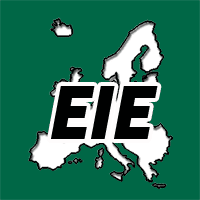


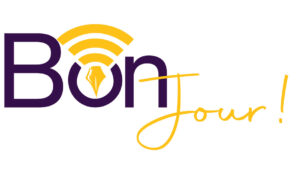


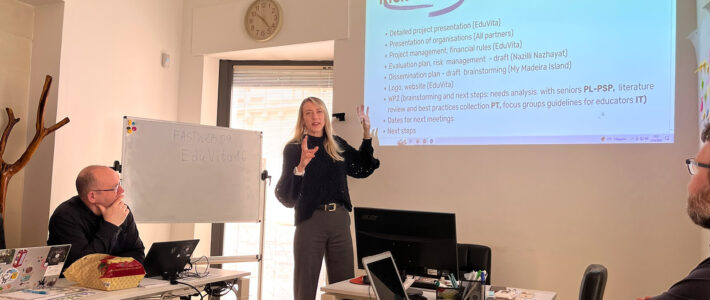
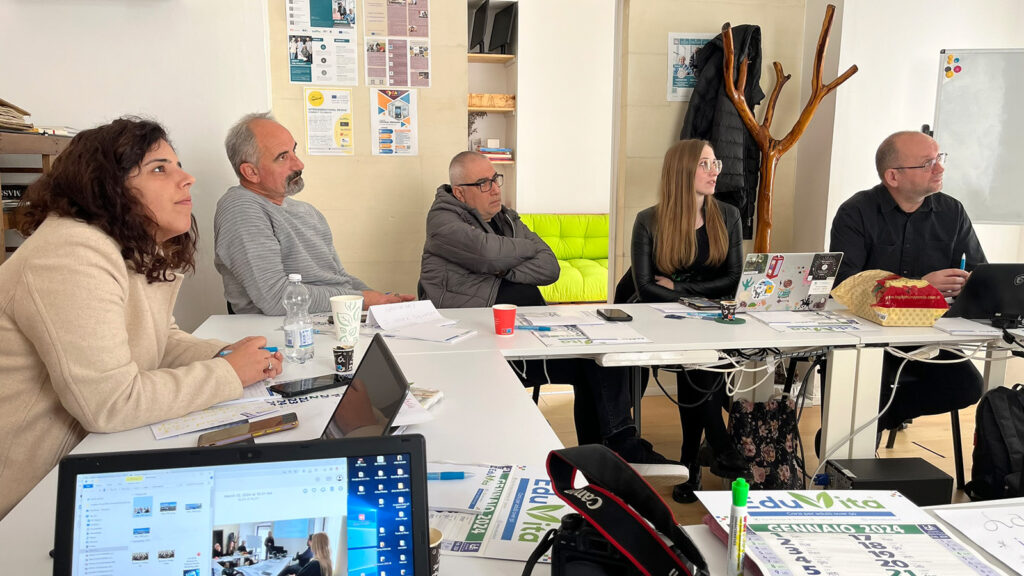
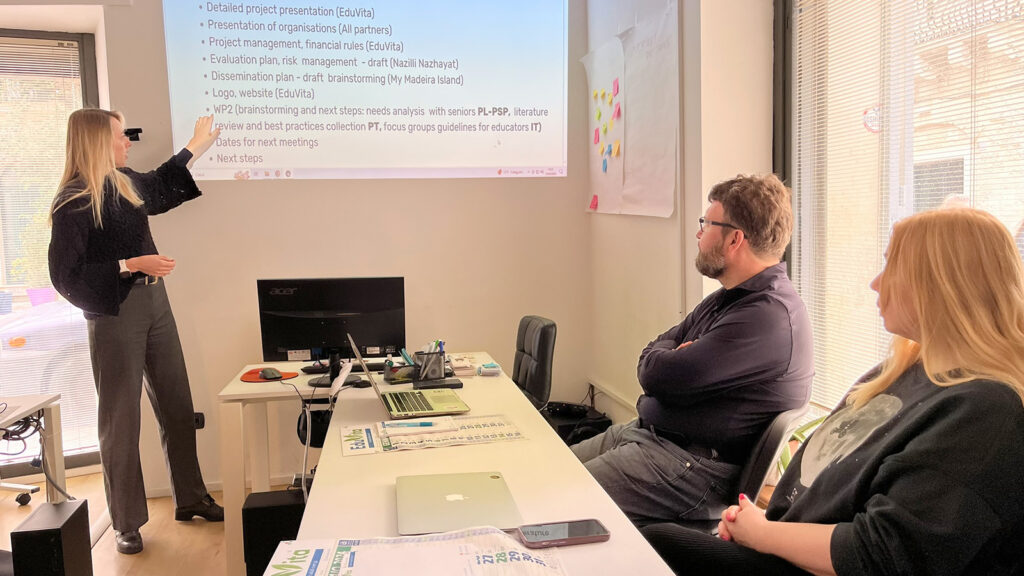
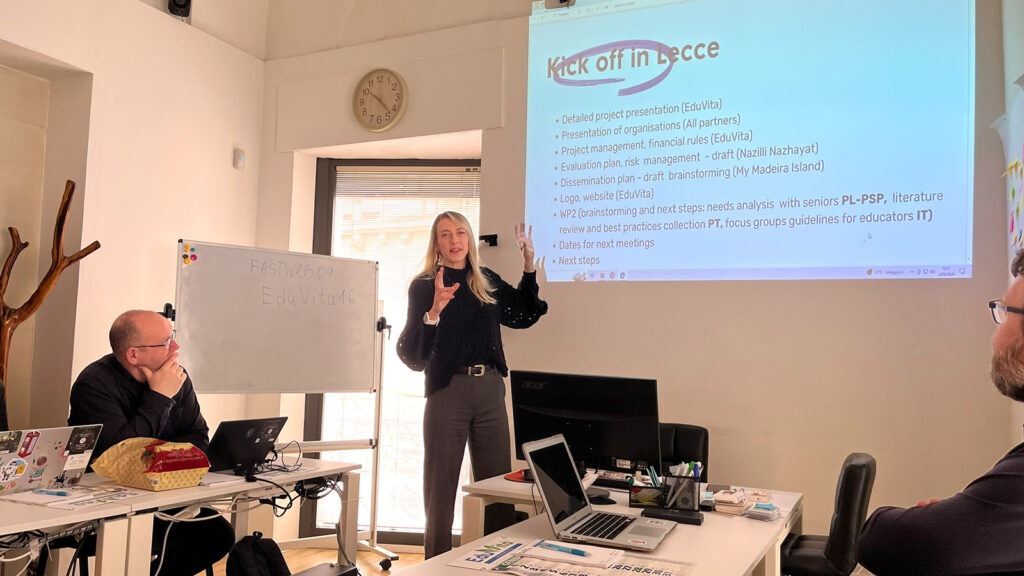
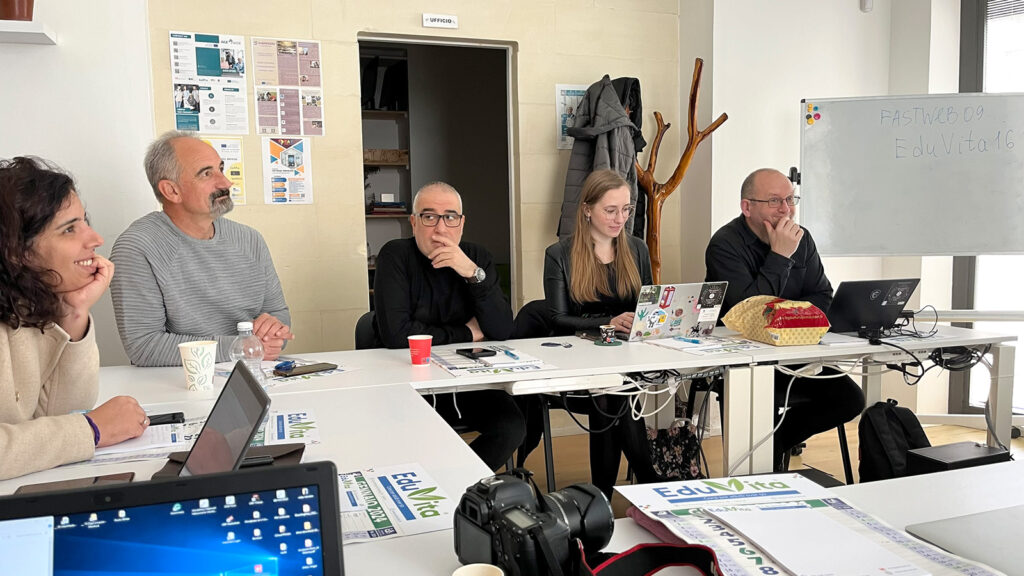
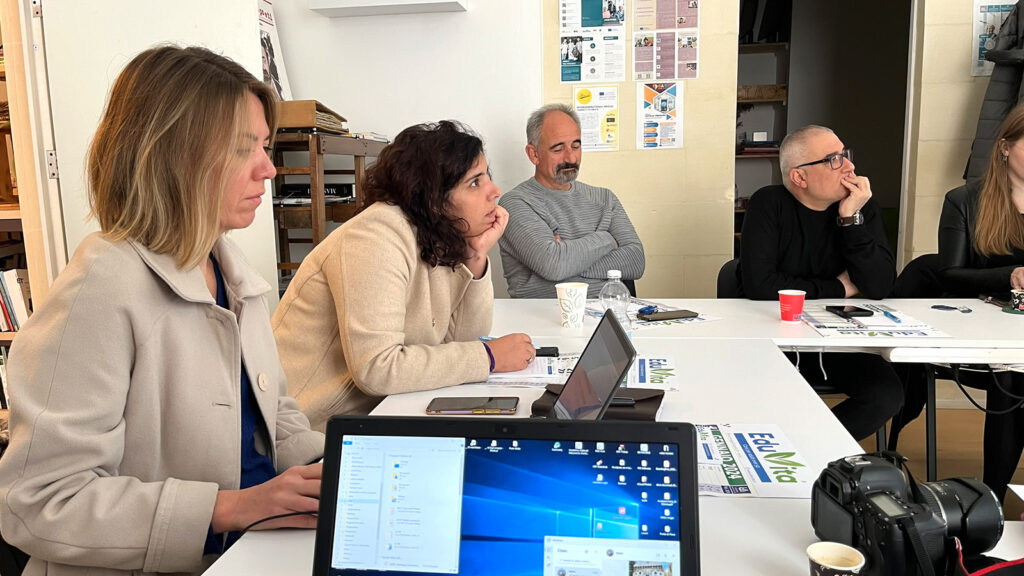
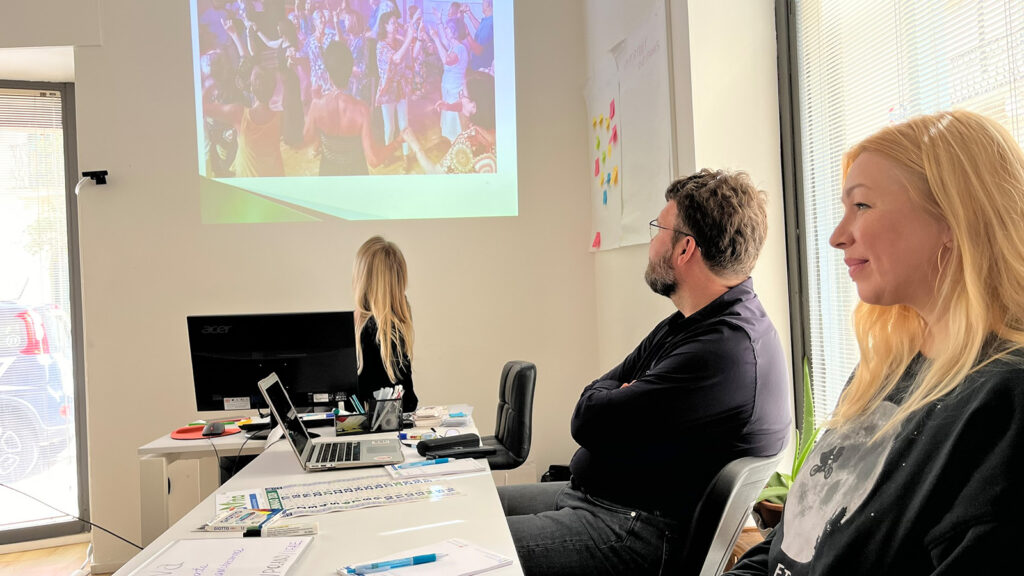
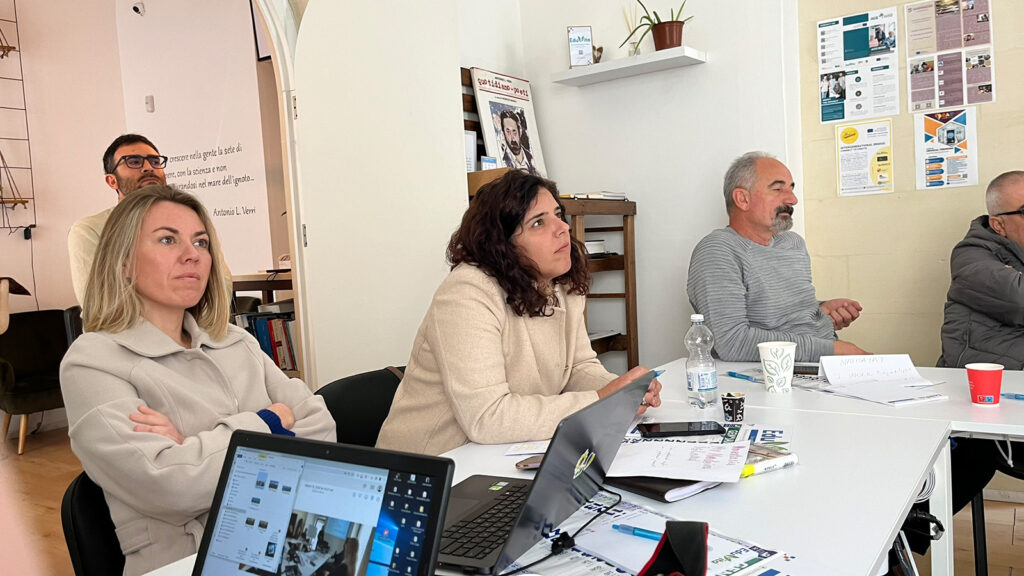
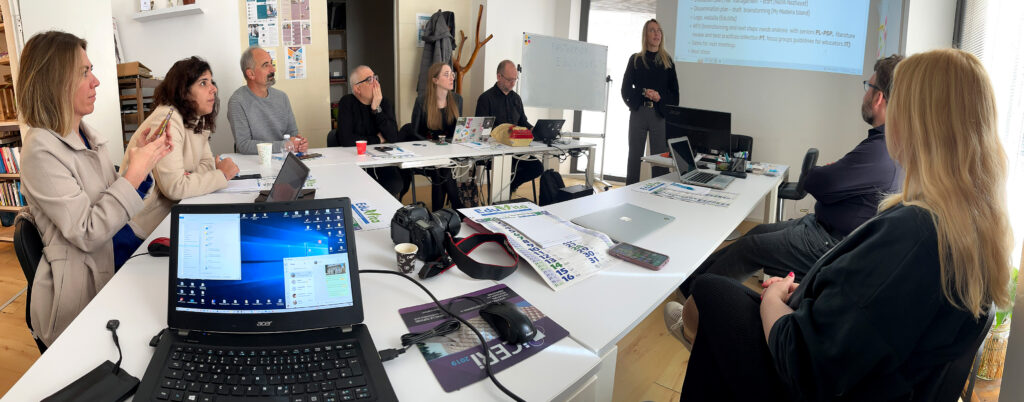
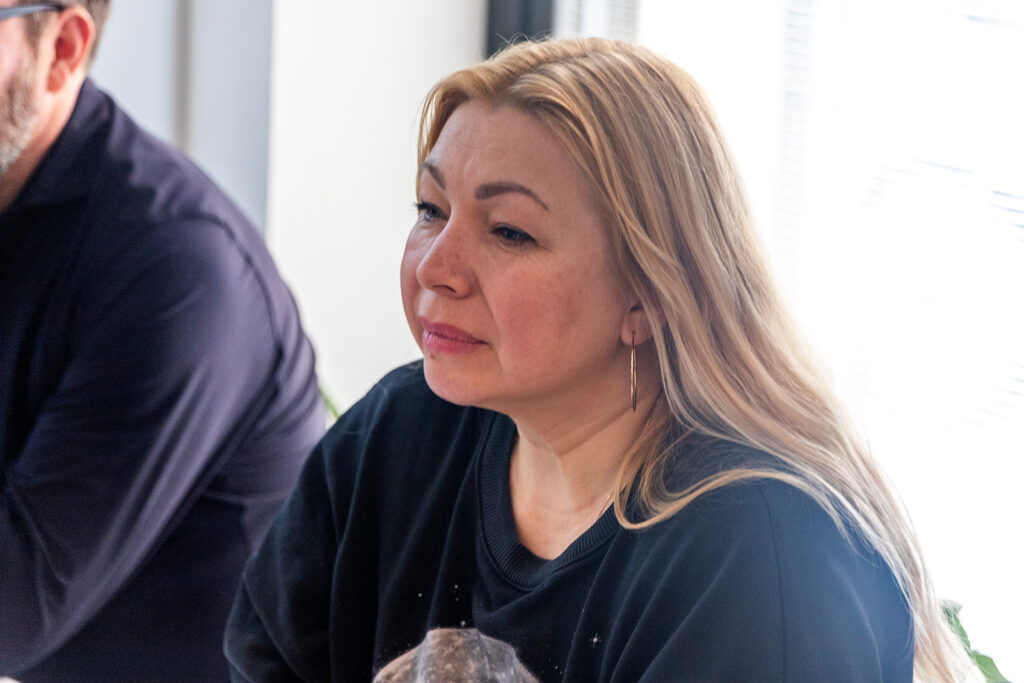
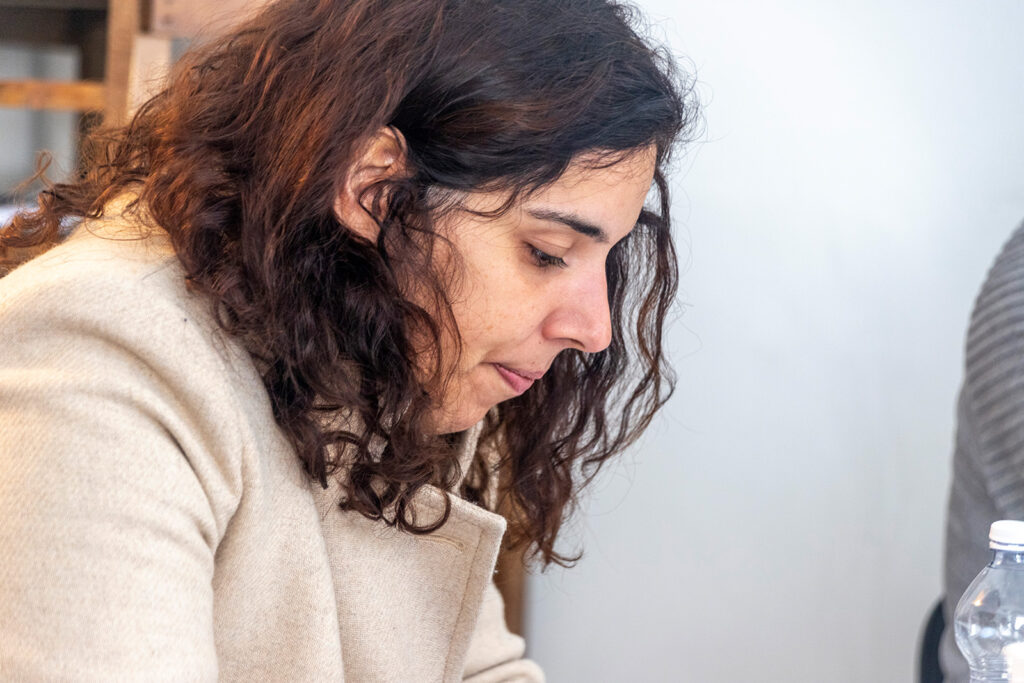
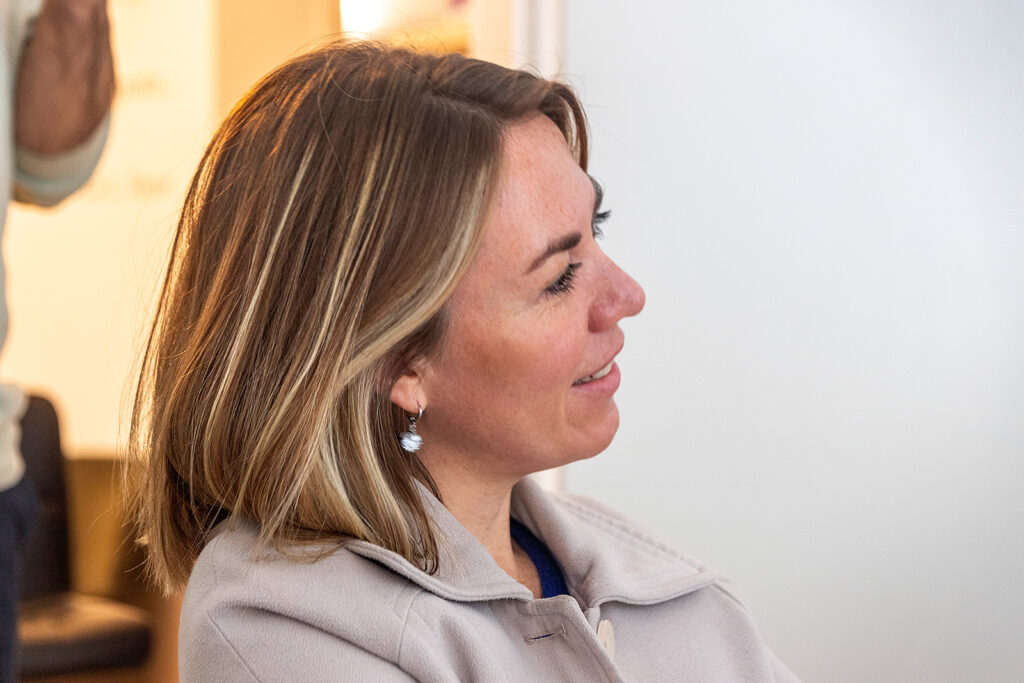
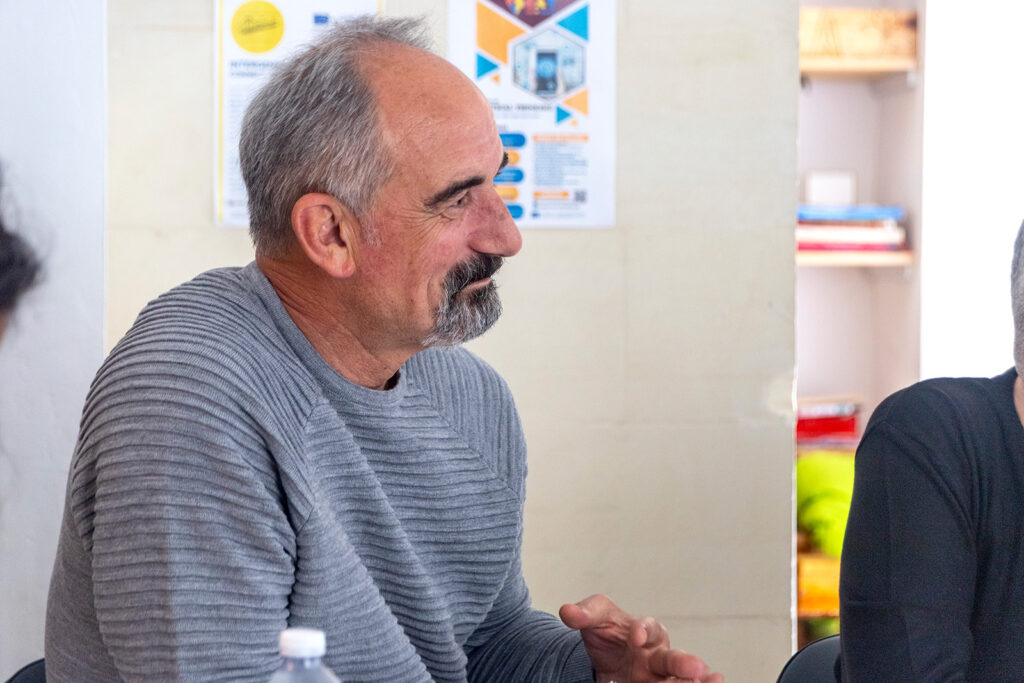
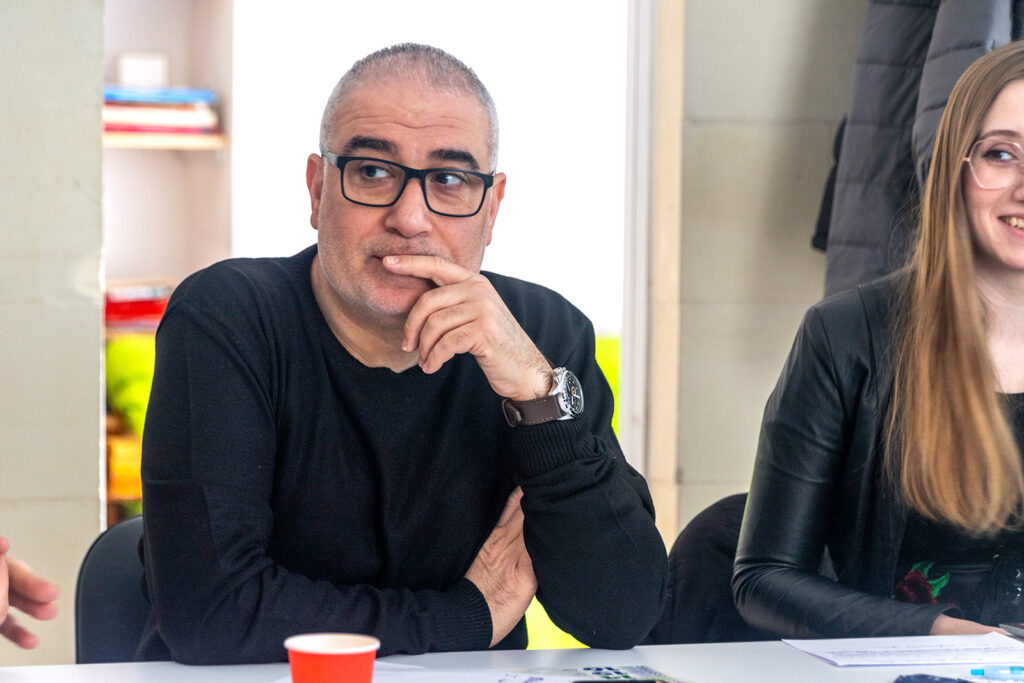
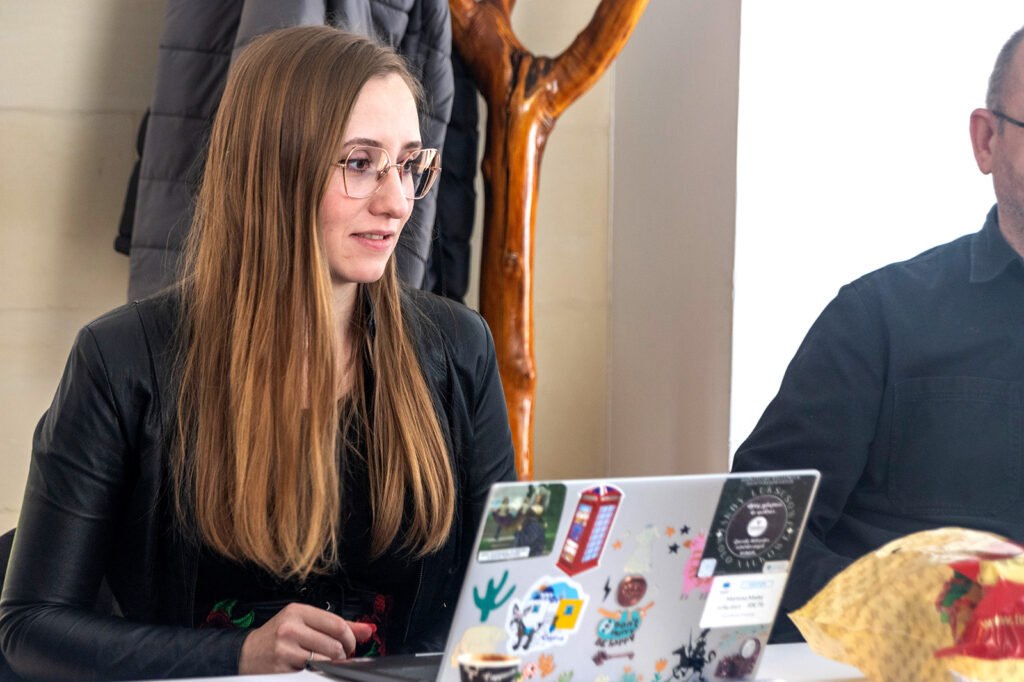
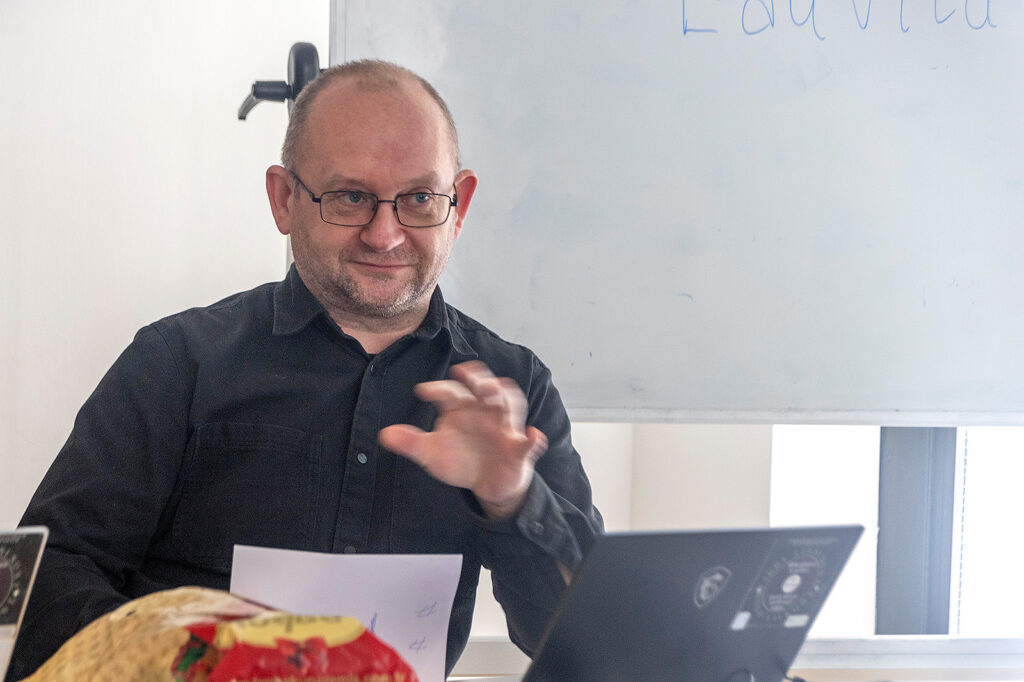


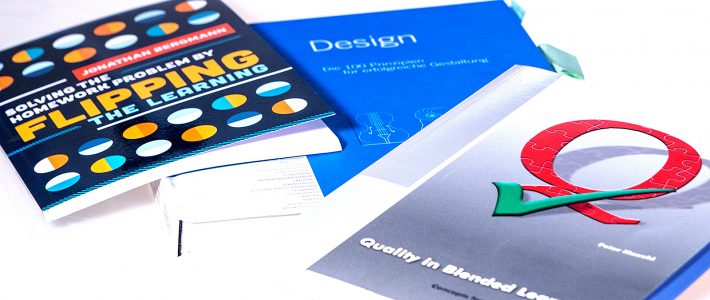

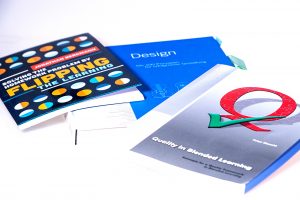 Books are still available – Amazon started the business success by selling books (and still sells them), libraries are still used intensively by people borrowing books there. Masses of books – in small quantities – are published and printed as “book on demand”.
Books are still available – Amazon started the business success by selling books (and still sells them), libraries are still used intensively by people borrowing books there. Masses of books – in small quantities – are published and printed as “book on demand”.